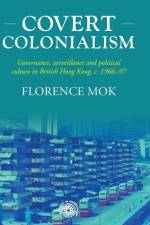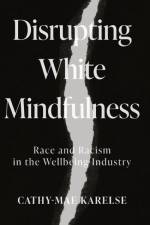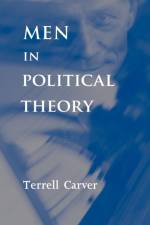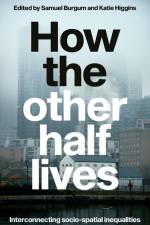40,00 €
Deirdre Madden: New critical perspectives is a landmark study of this important and highly regarded Irish novelist. It underscores the range, imaginative complexity, and enduring relevance of Madden's fictions. The essays collected in this volume explore her crucial Troubles and post-Troubles fictions, Hidden Symptoms, One by One in the Darkness, Molly Fox's Birthday, and Time Present and Time Past and draw out their interconnected portrayals of violence, grief, time, trauma, and memory. Madden's dexterous use of the novel form is highlighted, especially her bending of the conventions of realism to encompass searching philosophical and existential themes. Revealingly, she is shown to be a foremost practitioner of the artist novel or Künstlerroman. Through the figures of the writer, the painter, the photographer, and the actor, she examines the ability of art to remake and distil reality and to shed indirect light on emotional cruxes that cannot otherwise be fathomed. These essays provide an overview of all of Madden's work, including her children's novels, and uncover its inquiring and multidimensional qualities. Her overarching themes are drawn out, amongst them the familial, states of dislocation, resonant objects, the haunting aftermath of the past, the transnational, and the regenerative function of art. Making use of a wide variety of approaches, these essays persuasively elucidate the compelling subtleties of Madden's fiction. Readers are invited to discover the work of this accomplished Irish writer who across all her novels engages thought-provokingly with contemporary life, politics, and art.






























